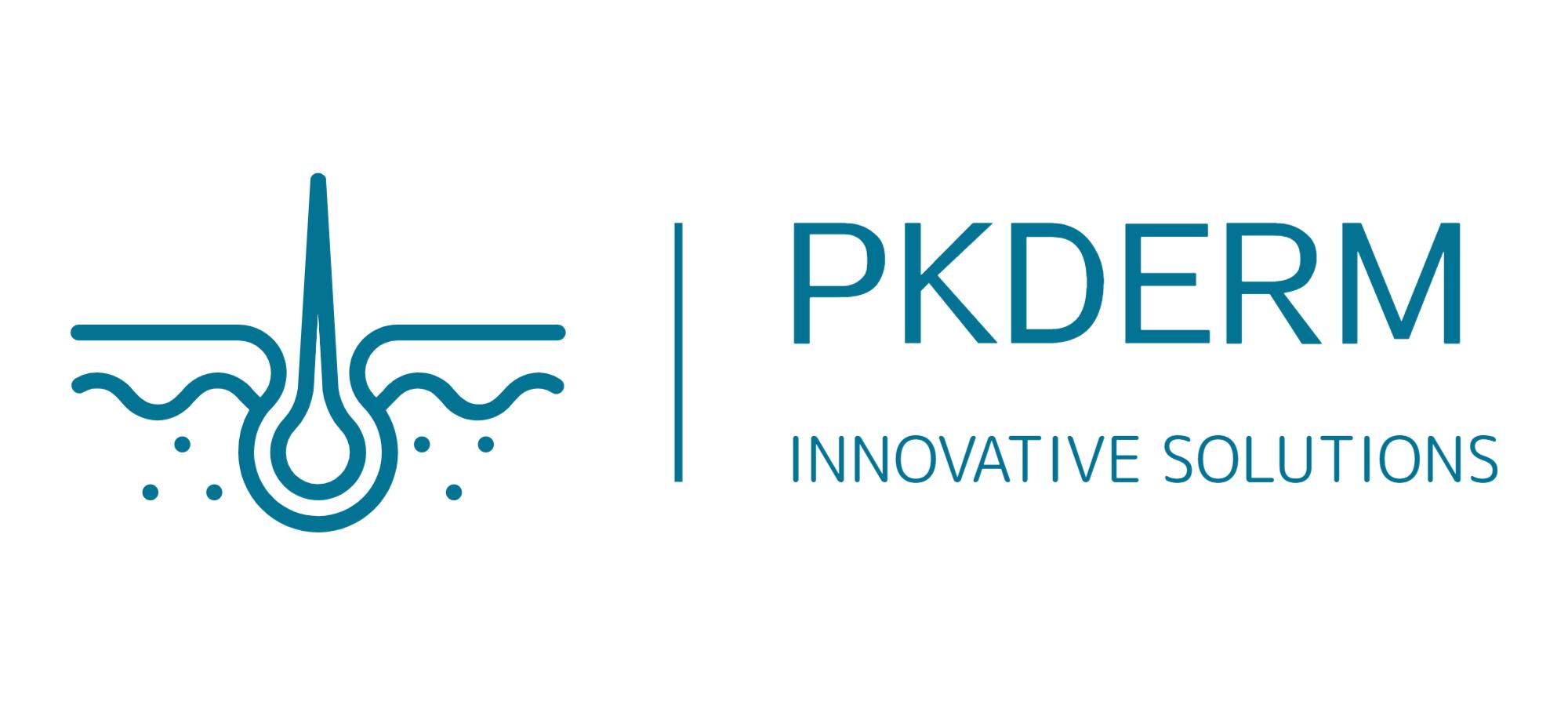OpenTox Virtual Conference 2021 Session 5
Recent advancement in developing prolyl hydroxylase-2 activators for breast cancer chemoprevention: A Bio-molecular in silico study
Background: Breast cancer is the most common cause of death in women worldwide. There are so many approaches for the treatment of breast cancer. One approach is to downregulate the overexpressed level of hypoxia-inducible factor-1α and fatty acid synthase expression in breast cancer. The protein, prolyl hydroxylase-2 can hydroxylate the activity of hypoxia-inducible factor-1α so it was hypothesized that chemical activation of prolyl hydroxylase-2 can reduce the overexpressed level of hypoxia-inducible factor-1α and fatty acid synthase in breast cancer. The present study was designed to search and scrutinized those prolyl hydroxylase-2 activators for breast cancer prevention. Results: The possible ligands were searched from the ZINC database on the basis of 50% structural similarity with previously known prolyl hydroxylase-2 activators. The screened compounds were docked with prolyl hydroxylase-2 protein (PDB id-2G19) and evaluated for docking study with binding energy, ADME profile, toxicity, and MD simulation study up to 100 ns. After screening, two compounds (4-ethyl-3- (4-methoxyphenyl)-2, 2-dimethyl-2H-chromen-7-yl acetate and 3-(4-methoxyphenyl)-2, 2, 4- trimethyl-2H-chromen-7-yl acetate) were found to be potential in terms of binding energy. Conclusion: After in silico screening and MD simulation study, it was concluded that 4-ethyl
3-(4-methoxyphenyl)-2, 2-dimethyl-2H-chromen-7-yl acetate, and 3-(4-methoxyphenyl)-2, 2, 4-trimethyl-2H-chromen-7-yl acetate would be a potent prolyl hydroxylase-2 activator that can decrease overexpression of hypoxia-inducible factor-1α in breast cancer patients.


